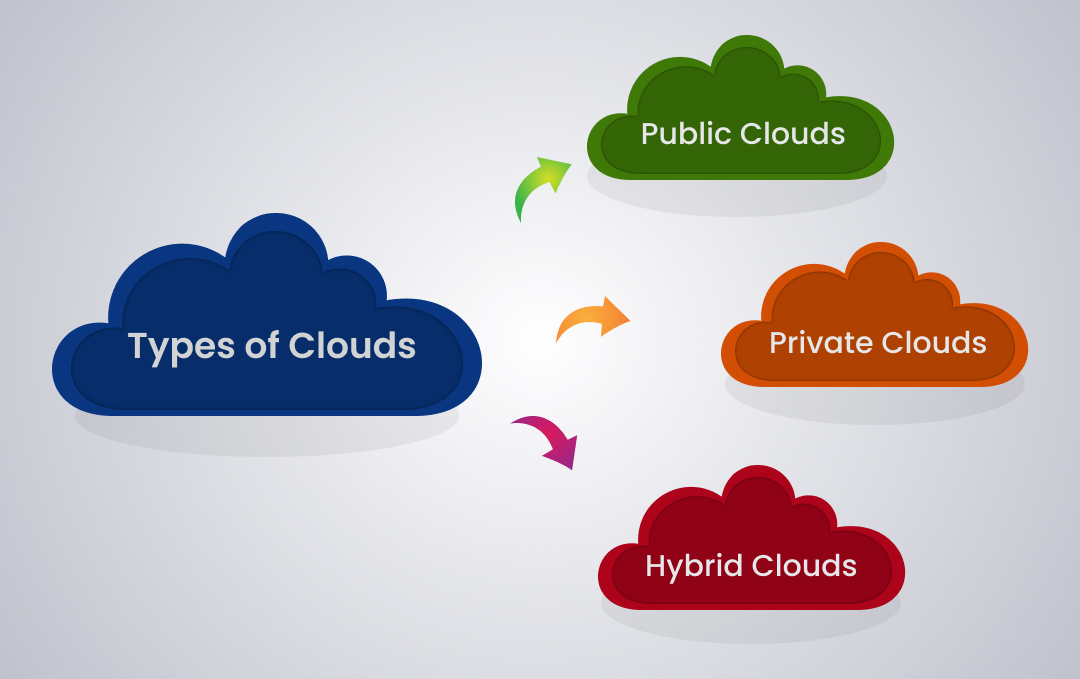LinkDaddy Cloud Services Proficiency: Advanced Approaches for Reliable Cloud Services Press Release
LinkDaddy Cloud Services Proficiency: Advanced Approaches for Reliable Cloud Services Press Release
Blog Article
Simplify Your Facilities With Cloud Services
As companies browse the ever-evolving landscape of technology and data monitoring, the role of cloud services in simplifying facilities has come to be increasingly popular. Exactly how can companies successfully browse this change and truly unlock the capacity of cloud services for simplifying their facilities?
Benefits of Cloud Solutions
Cloud solutions offer a structured approach to handling IT framework, supplying services with cost-efficiency, adaptability, and scalability. One of the essential advantages of cloud services is the scalability they use.
Furthermore, cloud services get rid of the demand for services to purchase pricey software and hardware. This cost-efficiency is a significant advantage, especially for little to medium-sized ventures looking to lessen upfront prices. By utilizing cloud services, services can access premium IT resources without the hefty cost related to typical infrastructure setups.
Moreover, cloud services supply organizations with the versatility to access their data and applications from anywhere with a web link. This degree of ease of access enhances collaboration amongst groups, makes it possible for remote job, and increases total performance. The versatility offered by cloud services equips organizations to adapt promptly to changing market conditions and customer needs.
Price Cost Savings and Scalability
Along with the functional benefits highlighted previously, the integration of cloud services into a company's infrastructure yields significant expense savings and improved scalability. Cloud services provide a pay-as-you-go design, allowing businesses to scale resources up or down based on current needs, thus preventing the expenses related to keeping excess ability. This adaptability makes it possible for companies to adapt quickly to varying demands without incurring unnecessary expenses.
Moreover, cloud solutions remove the requirement for upfront financial investments in software and hardware, minimizing funding expenditures. Overhead are additionally decreased as firms no much longer need to handle and keep physical web servers, resulting in lower power intake and IT staffing prices. Furthermore, cloud services give automated updates and upkeep, making sure that the facilities remains up-to-date and protected without needing manual interventions.
Boosted Protection Steps
When integrating cloud solutions right into a business's infrastructure to protect delicate data and ensure compliance with industry laws,Executing rigorous safety measures is paramount. Cloud company supply boosted security attributes such as data file encryption, firewall program security, and multi-factor verification to reduce cybersecurity threats. Encryption assists shield data both at remainder and en route, ensuring that only authorized users can access delicate information. Firewall softwares act as a barrier in between interior networks and external risks, tracking and regulating outgoing and incoming network traffic. Multi-factor authentication adds an additional layer of safety by calling for users to offer several types of confirmation prior to accessing the cloud solutions.
Furthermore, normal security audits and conformity evaluations help recognize vulnerabilities and make sure adherence to sector criteria. Companies can additionally gain from attributes like automatic safety and security updates and real-time threat surveillance provided by cloud provider. By prioritizing protection procedures and staying proactive in addressing prospective threats, businesses can with confidence leverage cloud services while protecting their valuable information from unapproved gain access to or breaches.
Transitioning to Cloud Framework
To efficiently integrate cloud solutions right into a company's framework, a structured technique that addresses the change towards cloud-based remedies is critical. Transitioning to cloud framework includes mindful planning and execution to make sure a smooth movement procedure. The primary step is to examine the present infrastructure and identify which applications and systems are suitable for movement to the cloud. This evaluation must take into consideration factors such as data level of sensitivity, compliance needs, and performance needs.
As soon as the analysis is total, a movement approach need to be created. This method needs to outline the timeline, sources, and duties for relocating each part to the cloud. It is important to interact this plan clearly to all stakeholders to guarantee positioning and lessen interruptions during the change.
During the movement procedure, surveillance and screening are essential to determine and address any kind of issues without delay. Routine checkpoints need to be developed to track progress and make essential changes. Additionally, training for employees on utilizing cloud solutions should be provided to ensure an effective change and take full advantage of the benefits of the brand-new infrastructure.
Ideal Practices for Cloud Fostering
Successful fostering of cloud services depends upon the strategic alignment of service objectives with technical capacities and business preparedness. To make certain a smooth shift to the cloud, organizations need to start by performing an extensive analysis of their present infrastructure and recognizing which workloads are best fit for cloud migration. It is critical to include vital stakeholders from different departments in the decision-making process to obtain buy-in and deal with any kind of issues at an early stage.
One more ideal practice for cloud fostering is to prioritize safety and compliance. Organizations has to very carefully evaluate the safety and security actions supplied by cloud service providers and guarantee that their information is shielded according to sector standards and regulative needs. Applying robust you can try these out data security, accessibility controls, and regular security audits can help minimize risks connected with cloud adoption.

Verdict

As businesses navigate the ever-evolving landscape of modern technology and data administration, the function of cloud solutions in streamlining infrastructure has ended up being increasingly famous - Cloud Services. Exactly how can organizations successfully browse this transition and really unlock the capacity of cloud solutions for simplifying their facilities?
Cloud solutions use a structured method to handling IT framework, providing organizations with cost-efficiency, scalability, and versatility. By using cloud solutions, organizations can access high-quality IT resources without the hefty price tag connected with standard facilities configurations.
To make sure a smooth transition to the cloud, companies must begin by carrying out an extensive assessment of their present infrastructure and identifying which work are best fit for cloud migration.
Report this page